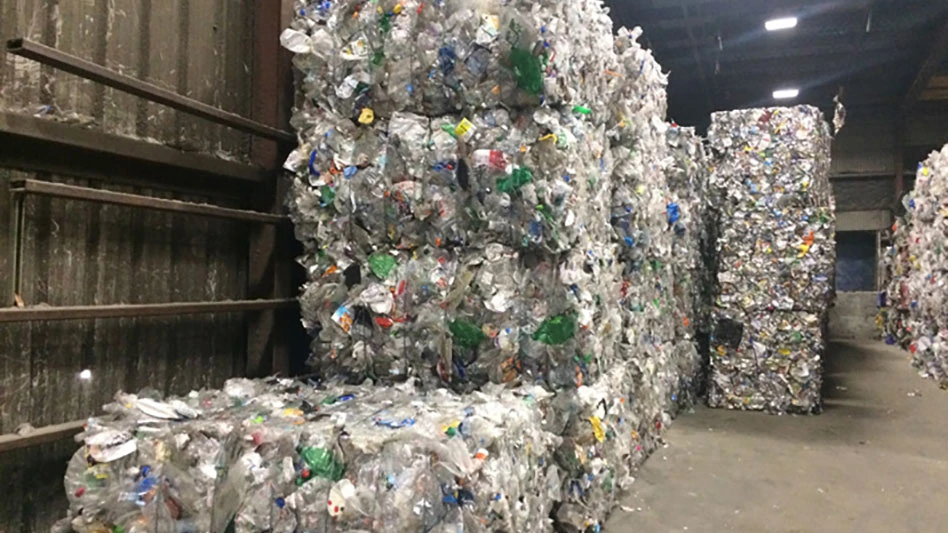Late Summer Slowdown Hits Construction Industry
Although the pace of new construction slowed slightly as the summer construction season drew to a close, building activity overall remains healthy.
"The August data shows that construction contracting remains essentially healthy," says F.W. Dodge vice president of economic affairs Robert A. Murray. "Housing is down a notch from the torrid pace experienced earlier in the year, but the level of homebuilding is still robust by the standards of the past two decades. With renewed support now coming from nonresidential building, total construction growth for all of 1999 should come close to matching the 8% average rate of increase for the 1992-98 period."
While the pace of residential construction in August ‘99 slowed 4% versus the month before according to F.W. Dodge, New York, new nonresidential building contract values nationally rose 2%, at $149 billion for August.
Although contracts for stores and shopping centers fell 3% compared to the same month a year ago, most of the commercial project types showed stronger contracting, including offices (up 10%), warehouses (up 16%), and hotels (up 20%). "Even with the heightened levels of office construction over the past three years, vacancy rates in downtown markets remain on average below 10%, which sets the stage for further growth in office rents and more construction," says Murray, hinting at good news for aggregates makers.
Less encouraging were the late summer figures for infrastructure projects. Nonbuilding construction, at $75.5 billion, fell 7% in August 1999 compared to the same month last year. The public works categories registered a varied performance: on the negative side were spending for highways, down 4%; water supply systems, down 11%; and bridges, down 26% from an exceptional July.
On the plus side were spending for sewers and river/harbor development work, each with 12% gains. The numbers represent a departure from the general pattern of recent years, when the growth shown by transportation public works far outpaced improvement for the sewer and river/harbor development categories.
This fall, Congress passed a $4.3 billion water resources bill, which should help river/harbor development projects (such as dredging) show more sustained growth next year. Electric power plant construction in August also held steady at a high level, aided by the start of two very large projects in Texas, valued respectively at $250 million and $125 million.
CANFIBRE TO BUILD THIRD FACILITY
South Chicago has been selected as the next site for a CanFibre Group medium-density fiberboard (MDF) production facility, which would consume waste wood as a feedstock.
Kafus Industries Ltd. and its CanFibre Group Ltd. subsidiary, Toronto, announced that the companies have completed many of the steps required to build the third AllGreen MDF facility on a 25-acre site in South Chicago. The company has also secured a waste wood supply agreement and sales contract that confirms the purchase of feedstock for the entire annual output for the plant for 20 years.
The proposed plant will be identical to CanFibre’s Riverside, Calif., facility now operating and also to the Lackawanna, N.Y., facility that is currently midway through construction. The total expected financed cost of the facility is $120 million.ource: F.W. Dodge, A Division of The McGraw-Hill Companies

Explore the August 2001 Issue
Check out more from this issue and find your next story to read.
Latest from Recycling Today
- McClung-Logan Equipment Company joins Tana’s authorized dealer network
- Grede to close Alabama foundry
- Plastics Recycling Conference 2025: Working toward their targets
- SWACO rolls out new commercial recycling and food waste programming
- Updated: Matalco to close Canton, Ohio, plant
- Metso launches electric Anode Weighing and Casting Machine
- Circular by Shapiro releases '5 for Five' sustainability series
- Graphic Packaging set to close Ohio CRB facility





